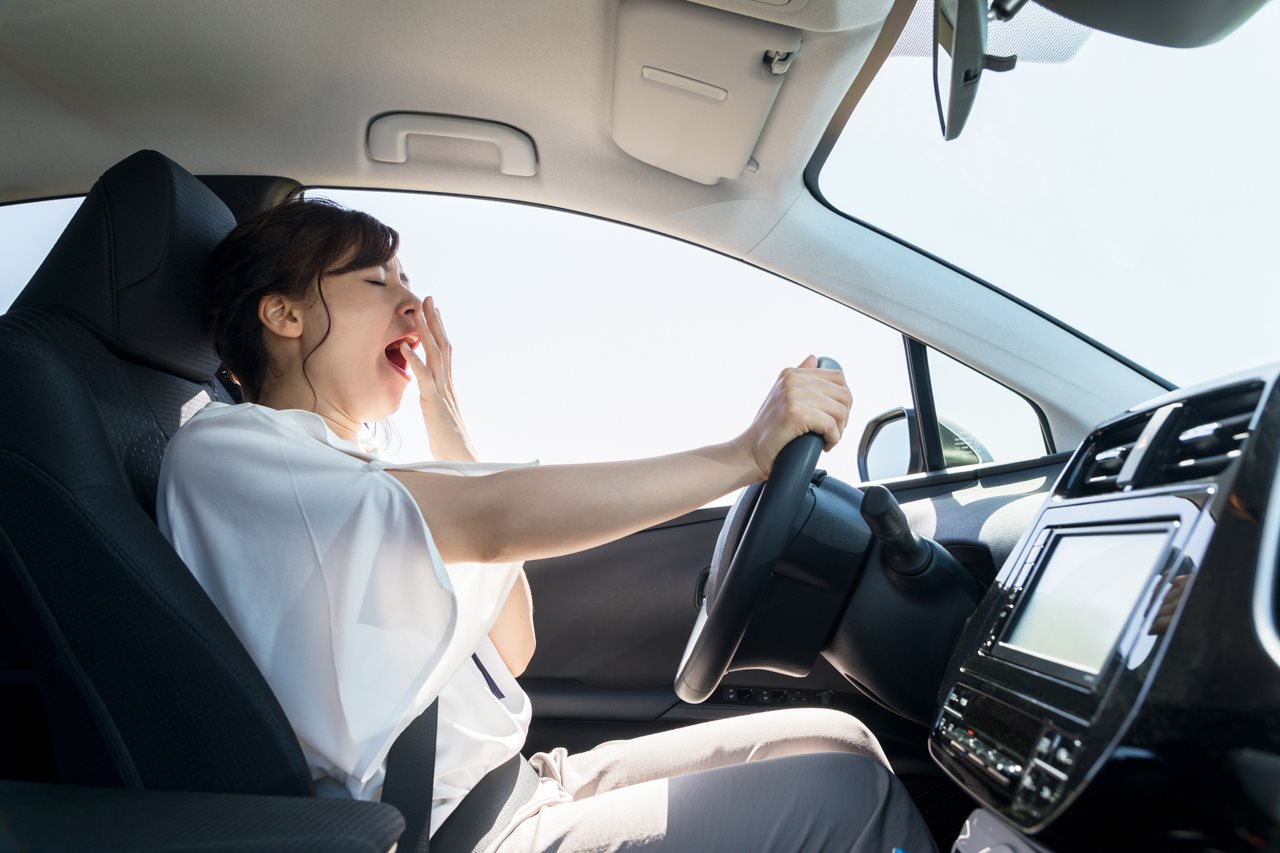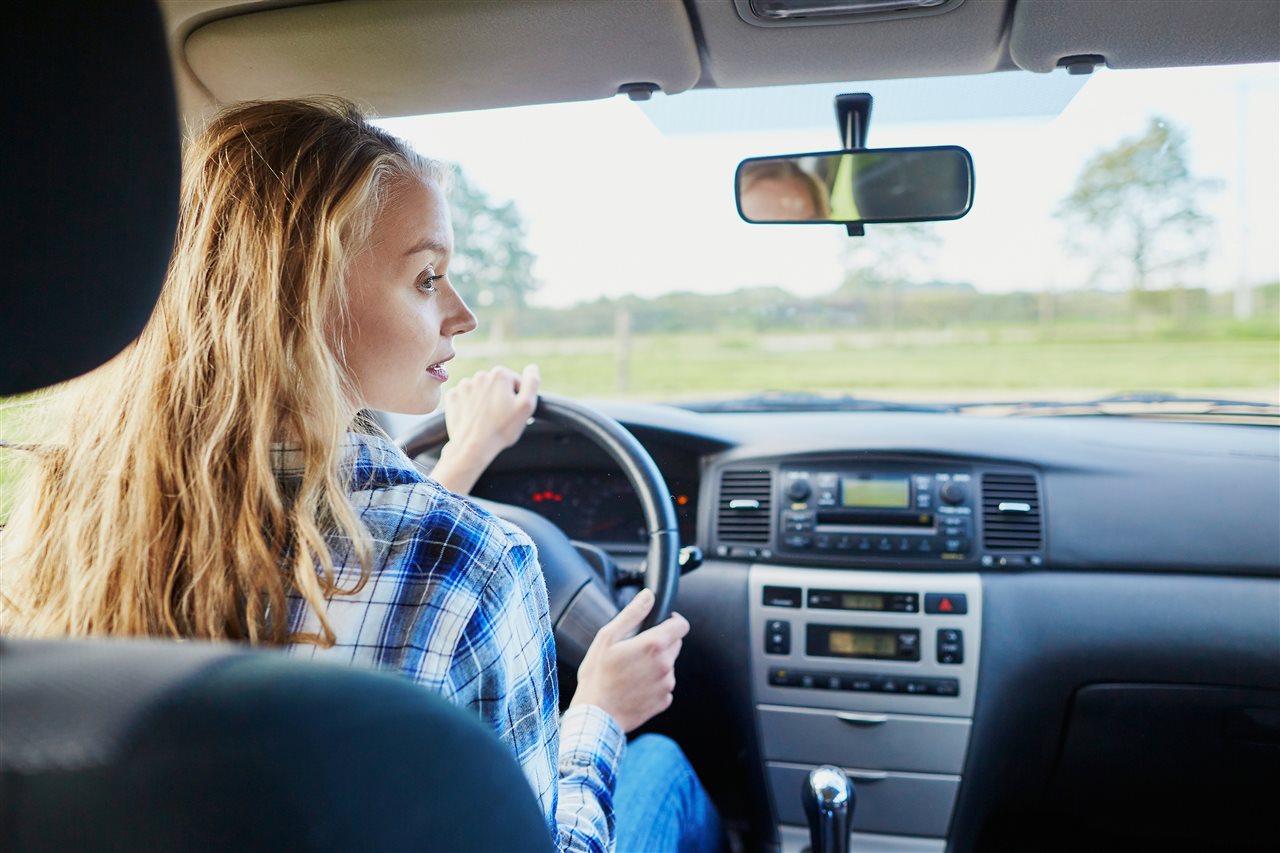(BPT) - We all find ourselves sometimes staying up late on a school or work night, leaving us feeling tired behind the wheel the next morning if we didn't get enough good sleep. But do we ever think about the risks of drowsy driving while we're buckling up?
Drowsy driving is impaired driving - just like drunk, drugged, and distracted driving - and it's a real public health issue. Drowsy driving is behind thousands of vehicle crashes each year, killing an estimated 6,400 people in the U.S. alone. In fact, the AAA Foundation estimates that 300,000 police-reported crashes each year are caused primarily by drowsy driving. What's really shocking is that while a majority of us say drowsy driving is highly risky, most of us do it anyway.
Getting enough sleep before we get behind the wheel is one of the best ways to prevent drowsy driving. So, as part of its commitment to educating the public about the importance of sleep for health and well-being, the National Sleep Foundation (NSF) produces Drowsy Driving Prevention Week® (DDPW) every year to encourage everyone to Sleep First. Drive Alert™.
Taking the Right Lane to Safer Driving

Most people say drowsy driving is highly risky, but don't think it is as dangerous as other forms of impaired driving. New NSF data show that over 95% of teen and adult drivers both said drowsy driving is risky, but both ranked other forms of impaired driving - like drunk, drugged or distracted - as riskier. In fact, driving with as little as 4-5 hours of sleep is like you were driving with a blood alcohol level of .05%. That would be drunk driving!
Planning Your Route? Make Sleep Your First Stop

No matter where you're headed, create a sleep game plan before you hit the road and get the recommended amount of sleep the night before your trip. NSF recommends 7-9 hours of sleep per night for adults and 8-10 hours for teens. Plan long trips with a companion who can not only look for early warning signs of fatigue but also help drive when needed. And, when on a long trip, schedule regular stops every 100 miles or two hours.
Caution: Warning Signs for Drowsy Driving

Be on the lookout for signs of drowsy driving when behind the wheel, like yawning repeatedly, rubbing your eyes, and finding it hard to focus on the road. Drifting from your lane or having trouble remembering the last few miles driven? Those are definitely red flags. If you notice these warning signs, pull over to a safe place and take a quick nap, stretch, or drink a caffeinated beverage. Only continue driving when you feel alert and refreshed.
New Driver? New Hazards

Motor vehicle crashes are the second leading cause of death among teenagers. Teens are relatively new to driving, which means they have less experience and fewer driving skills to rely on during emergencies. Teens are also chronically sleep deprived and early school hours don't always sync up with their internal body clock, also called a circadian rhythm.
Plus, teens are busy. With school, jobs and extracurricular activities, they might choose to sacrifice sleep. In fact, NSF found that, within their first 2 years of driving, 1 in 6 teens said they have already driven while drowsy, citing school or work activities as the top things that keep them from getting enough of the sleep they need.
Avoid Wrong Turns and Stay on Route to Being Your Best Slept Self®

The good thing is NSF has science-backed recommendations to help anyone and everyone be their Best Slept Self®. Just three small steps during the day and three small steps at night can make a big difference.
During the day, things like spending time in bright, natural light, getting regular exercise and eating meals at consistent times can help your body prepare for sleep. At night, NSF recommends avoiding things like heavy meals, caffeine, and alcohol, and putting your devices away an hour before bed.
All drivers and passengers should be on the lookout for drowsy driving. Before you get behind the wheel, take a moment to check your alertness and if you're ready to drive. If you are not getting enough quality sleep to be your Best Slept Self®, you may not be fit to operate a motor vehicle.
For more sleep health information, visit www.theNSF.org.
The National Sleep Foundation's Drowsy Driving Prevention Week® encourages everyone to prioritize sleep and drive when they are alert and refreshed. Our goal is to help people get the sleep they need and reduce the number of drivers who choose to drive while sleep-deprived.